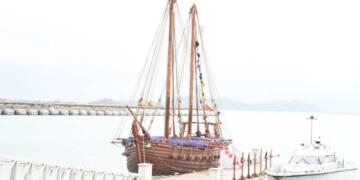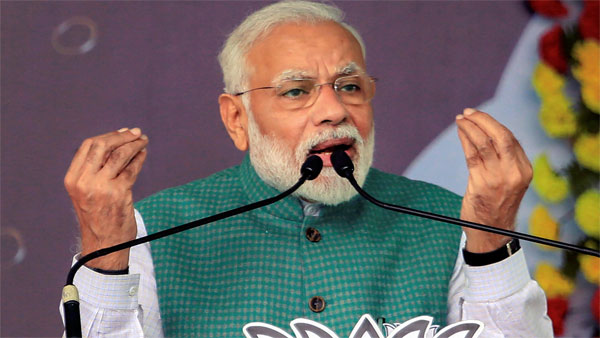In the last few years, India has started projecting itself as a naval power. With the rising importance of the Indian Ocean and the South China Sea, many nations have enhanced their naval power in the Indo-Pacific. The Indian Ocean region has become the centre of global geopolitics, especially after China started asserting itself under the string of pearls strategy. The Indian government has decided to strengthen its grip on the region with massive investment in ports and naval infrastructure. PM Modi recently announced that the country will invest 82 billion dollars in ports by 2035.
“More than 574 projects at a cost of USD 82 billion or Rs 6 lakh crore have been identified under the Sagarmala project for implementation during 2030 and 2035… We will encourage private investment in the port sector… India’s long coastline awaits you. India’s hardworking people await you,” said PM Modi.
Inviting global investors, PM Modi added, “Invest in our ports. Invest in our people. Let India be your preferred trade destination. Let Indian ports be your port of call for trade and commerce.”
The Ministry of Ports, Shipping and Waterways, which is headed by Mansukh Mandaviya, has pushed for aggressive liberalisation of the ports sector in the country in the last few months. Under the Major Ports Authority Bill, 2020, major ports of the country – Deendayal (erstwhile Kandla), Mumbai, JNPT, Marmugao, New Mangalore, Cochin, Chennai, Kamarajar (earlier Ennore), V O Chidambarnar, Visakhapatnam, Paradip and Kolkata (including Haldia) – administrated autonomy as well as financial autonomy to seek private investment.
The port sector has tremendous opportunity for growth in India with the growing commercial and military importance of the Indian Ocean region. In the last few decades, the publicly-owned ports have not been able to compete with private players like Adani Group due to the lack of financial and administrative autonomy.
However, with the Modi government’s push for bottom-up decision-making and granting of autonomy to the ports, the port sector now needs only fresh capital to witness a double-digit growth.
“Through this Maritime India summit, I want to invite the world to come to India and be a part of our growth trajectory. India is emerging as a leading blue economy of the world. Our leading focus area includes upgrading current infrastructure, creating next-generation infra, boosting the reform journey. Through these steps we aim to give vision to our Aatmanirbhar Bharat,” said Prime Minister Modi.
As per the official statement, augmentation of connectivity with the neighbouring countries like Bangladesh, Bhutan, and Myanmar, where China is trying to expand its influence through the string of pearls strategy will be a priority for the Modi government. Moreover, India will provide navigation aid and river information system provisions to these countries.
As Prime Minister Modi argued, India aims to become the major blue economy of the world as well as a major naval power. Ancient India had very strong trade ties with countries in Southeast Asia, and the region was under the influence of India. Even today, the region is under the cultural influence of Hinduism and Buddhism, but other linkages declined with the decline of India as a major economic power.
After the Islamic powers invaded this sacred geography, India started to see itself as a land-based power and this led to the decline of India’s naval capacity. Now, with the rise of India as a major economic and trading power, India has started to see itself as a naval power once again, and this will have a far-reaching impact on the economy and military prowess of the country.































